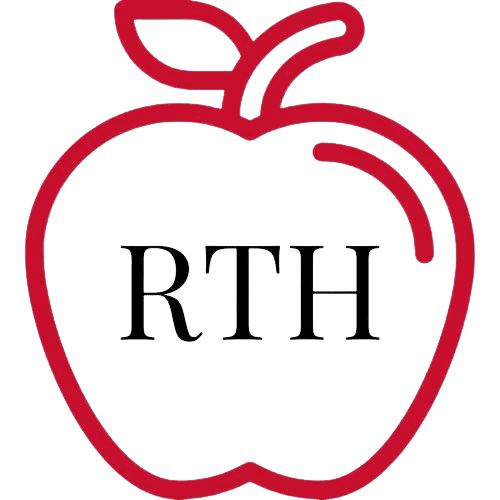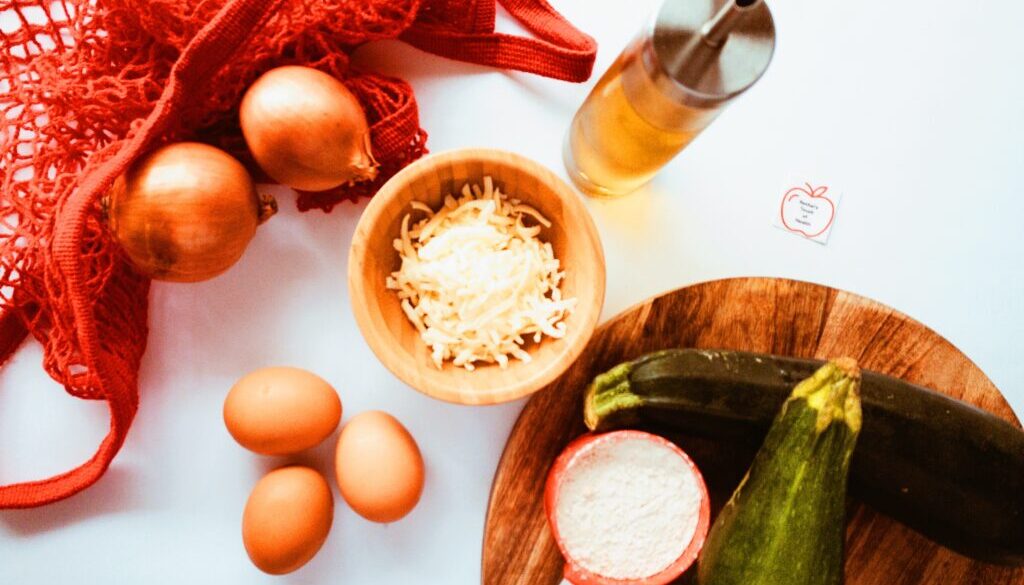To ensure you have a balanced diet, it’s recommended to eat a variety of foods from the five food groups.
These include fruit, vegetables, whole grains, lean meats and alternatives, and milk and alternatives. It’s beneficial to include most of these food groups in your meals.
Why eating the right portion size is important:
1. Helps You Get The Right Balance Of Daily Nutrients
When we have the right balance of nutrients, our bodies are able to function their best. This is one of the best ways we can prevent chronic disease and health complications in the long run.
2. Keeps You Feeling Full and Energised
When we’re not eating enough food over the course of the day, we’ll consistently feel a slight sense of hunger. This can lead to irritability and even anxiety. On the other hand, when we eat too much over the course of the day, instead of feeling hungry and irritable we can feel overly full and lethargic. The goal is to eat the right portion sizes for your individual body which allows you to feel satiated and energised!
3. No Food Items Are Off Limits
The more you understand portion sizes that work for you, the more you understand that you don’t have to completely remove or restrict food items from your diet. It’s perfectly fine to enjoy food items in moderation that may not necessarily be the most nutritious option. Understanding and getting comfortable with portion sizes gives you the confidence and clarity you need to find a happy medium with your health and wellness.
The recommended servings of each food group per day are:
-
Vegetables – 5 serves per day – 1 serve is 75g. E.g. 1 cup salad, ½ cup broccoli, ½ medium potato.
-
Fruit – 2 serves per day – 1 serve is 150g e.g. 1 medium apple, 30g dried fruit, 2 kiwi fruit, ½ cup 100% fruit juice, 1 cup canned fruit. Fresh, canned and frozen are the best options.
-
Grains – 6 serves per day – e.g 1 slice bread, ½ cup cooked rice or pasta, ¼ cup muesli. Whole grain versions are best.
-
Lean meats and alternatives – 3 serves per day. E.g. 65g beef, 100g fish, 2 eggs, 170g tofu, 30g nuts and seeds.
-
Milk and alternatives – 2.5 serves per day. E.g. 250ml cows milk, 250ml calcium fortified plant milk, 40g cheddar cheese, 200g yoghurt
What this can look like in a meal:
It’s recommended to have at least half the plate filled with vegetables, a quarter of the plate with grains, and the rest protein. This is roughly 2 servings of vegetables, and its ideal to have at least 2 different types of vegetables as they provide different vitamins and minerals.
For grains, this could look like 100g of cooked rice, and wholegrain versions like brown rice are preferred as they’re a source of fibre which is important for gut health.
For protein this could look like 125g chicken. Protein is important for muscle growth and repair, and it helps keep you fuller for longer.
This guide can be flexible. For example, you could have a salad for lunch with lots of vegetables to increase your serves, and then pasta for dinner. Don’t restrict any of your favourite foods either, find ways you can add them into your meals to make them more enjoyable. For example, adding corn chips to a Mexican salad bowl.
These recommendations are just a guide. Having a balanced diet is highly individualised and can be different for different people.
If you need any guidance, our programs provide you with balanced meal plans and help you plan out your own meals for long term success.
Best regards,
Rachel





April 17, 2023 @ 2:29 am
Itís hard to come by knowledgeable people about this subject, but you sound like you know what youíre talking about! Thanks